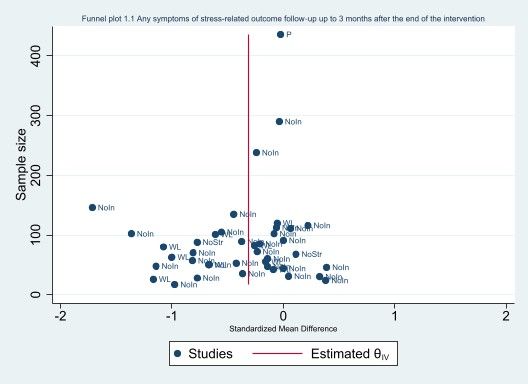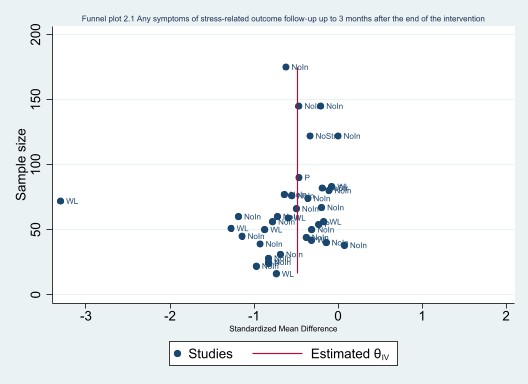Contenido relacionado
Revisiones y protocolos relacionados
Anootnara Talkul Kuster, Therese K Dalsbø, Bao Yen Luong Thanh, Arnav Agarwal, Quentin V Durand‐Moreau, Ingvild Kirkehei | 30 agosto 2017
Ali Naghieh, Paul Montgomery, Christopher P Bonell, Marc Thompson, J Lawrence Aber | 8 abril 2015
Brian E van Wyk, Victoria Pillay‐Van Wyk | 16 abril 2014
Viraj K Reddy, Marie‐Claude Lavoie, Jos H Verbeek, Manisha Pahwa | 14 noviembre 2017
Shelley Cheetham, Hanh TT Ngo, Juha Liira, Helena Liira | 19 abril 2021
Tessy Luger, Christopher G Maher, Monika A Rieger, Benjamin Steinhilber | 23 julio 2019
Frederieke G Schaafsma, Norashikin Mahmud, Michiel F Reneman, Jean‐Baptiste Fassier, Franciscus HW Jungbauer | 12 enero 2016
Sharon P Parry, Pieter Coenen, Nipun Shrestha, Peter B O'Sullivan, Christopher G Maher, Leon M Straker | 19 noviembre 2019
Sabir I Giga, Ian J Fletcher, Georgios Sgourakis, Caroline A Mulvaney, Brenda H Vrkljan | 24 abril 2018
Henk F van der Molen, Prativa Basnet, Peter LT Hoonakker, Marika M Lehtola, Jorma Lappalainen, Monique HW Frings‐Dresen, Roger Haslam, Jos H Verbeek | 5 febrero 2018
Podcast relacionado
Respuestas clínicas Cochrane
Sera Tort, Agustín Ciapponi | 10 julio 2023

































